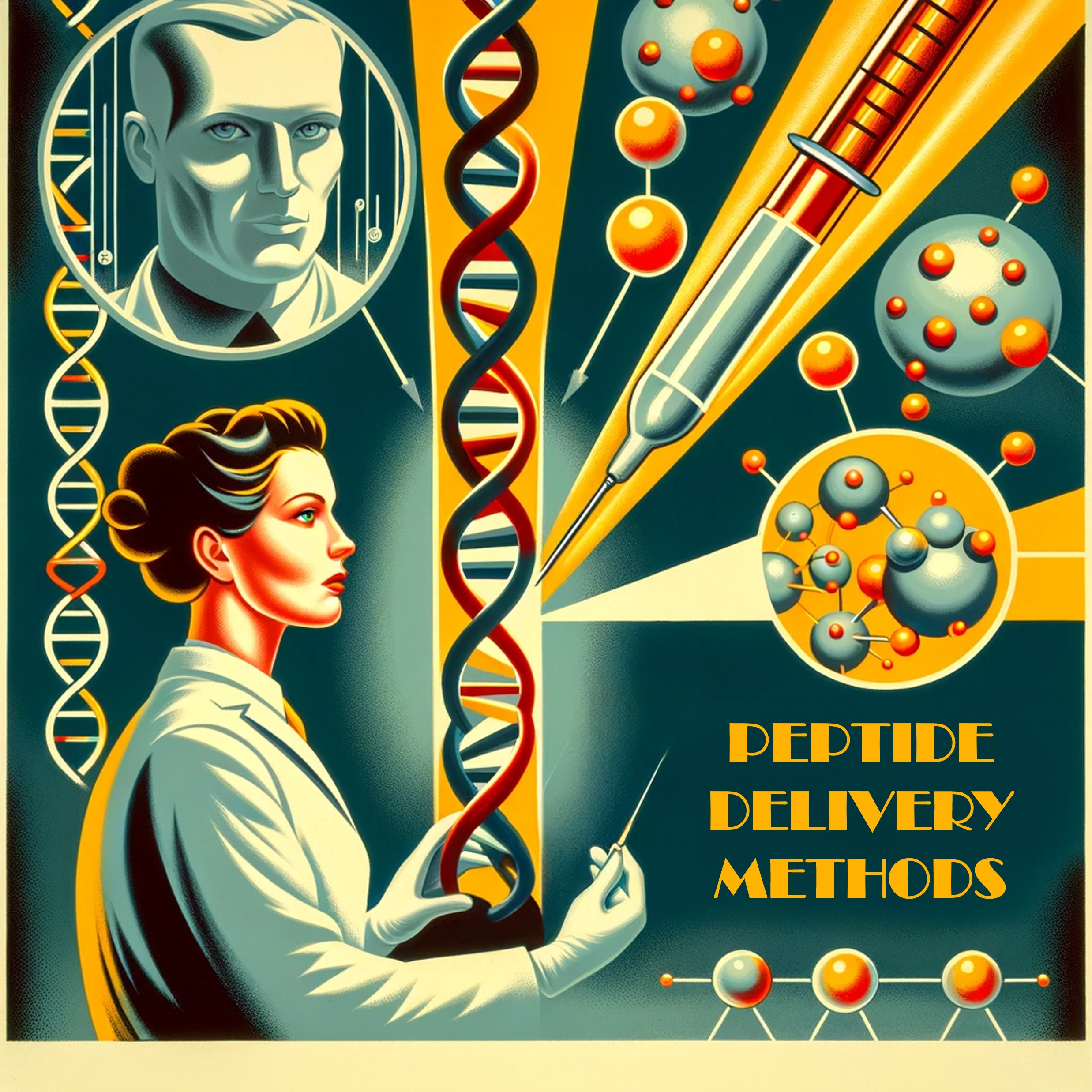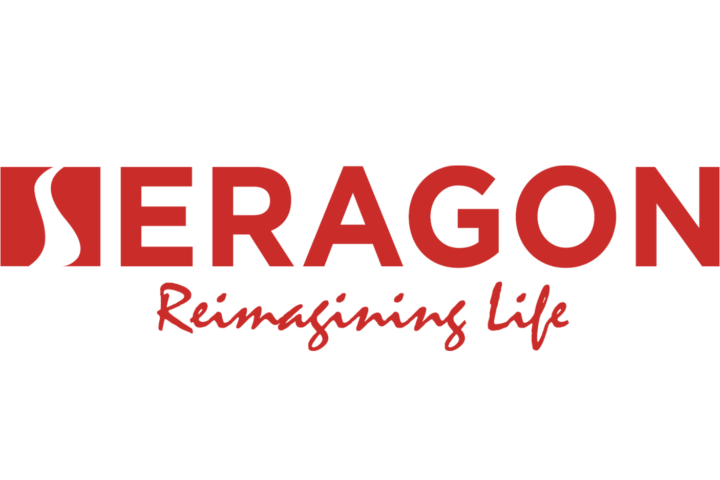What is Gene Therapy?
Gene therapy’s trajectory is swiftly transforming, fueled by the pursuit of gene delivery mechanisms that are more efficient and less harmful. Historically, these methods heavily depended on viral vectors, but they encountered hurdles related to immunogenicity and complex production processes. These challenges have prompted a shift towards alternative substances like polymers, lipids, and more recently, peptides. Notably, peptides have emerged as a revolutionary force in gene delivery, distinguished by a suite of crucial characteristics.
Versatility and Synthesis of Peptides
One of the most striking features of peptides is their versatility. They can be designed and synthesized to possess specific properties tailored to various gene delivery applications. This customization ability allows for precise control over the size, shape, and charge of the peptides, making them highly adaptable for different therapeutic needs. Additionally, the synthesis of peptides is relatively straightforward compared to the complex procedures required for viral vectors. This ease of synthesis not only accelerates the research and development process but also potentially reduces the overall cost of gene therapy treatments.
Biocompatibility and Low Cytotoxicity
Peptides are inherently biocompatible, meaning they are less likely to provoke an immune response, a significant advantage over viral vectors. This biocompatibility is crucial for patient safety and increases the potential for repeated administration of gene therapies, essential for treating chronic conditions. Moreover, peptides generally exhibit low cytotoxicity, which is paramount in preserving the integrity and viability of the target cells during gene therapy.
Gene Delivery Strategies Using Peptides
Peptides offer two primary strategies for gene delivery: covalent conjugation and noncovalent complexation.
- Covalent Conjugation: This method involves creating a stable bond between the peptide and the nucleic acid. Covalent conjugation can ensure a consistent and predictable interaction between the peptide and the genetic material, allowing for precise control over the delivery process. However, this approach can be technically challenging due to the need to balance the interaction between the positively charged peptides and the negatively charged nucleic acids.
- Noncovalent Complexation: More commonly employed in peptide-based gene delivery, this strategy relies on the formation of complexes between the cationic peptides and the anionic DNA/RNA through electrostatic and hydrophobic interactions. These interactions facilitate several critical steps in the gene delivery process:
- Translocation Across Cell Membranes: The ability of peptides to form complexes with nucleic acids aids in crossing the cellular barriers, a crucial step in delivering the therapeutic genes into the target cells.
- Protection from Degradation: Once inside the body, nucleic acids are vulnerable to degradation by various enzymes. Peptide complexes can shield these genetic materials from enzymatic breakdown, ensuring they remain intact until they reach their target.
- Improved Endosomal Escape: After entering the cells, the next challenge is to escape from the endosomes, the cellular compartments that can trap and degrade the genetic material. Peptides can facilitate this escape, thereby increasing the efficiency of gene delivery.
Overall, their versatility, ease of synthesis, biocompatibility, and low cytotoxicity, combined with the innovative delivery strategies, position peptides as a promising solution to overcome the challenges faced by traditional gene delivery methods. As research in this field continues to advance, peptides may hold the key to unlocking new possibilities in treating a wide range of genetic disorders.
Peptide Types and Structures: A Deep Dive into Gene Delivery Architectures
In the realm of peptide-based gene delivery, understanding the types and structures of peptides is crucial. This review offers a comprehensive categorization of peptides, focusing on their structural similarities and unique properties. Notably, it highlights two primary groups: cationic amphiphilic peptides and peptide amphiphiles. Each group possesses distinctive characteristics that influence their efficiency in gene delivery and their ability to target specific cells or tissues.
Cationic Amphiphilic Peptides
Cationic amphiphilic peptides are characterized by their positively charged and hydrophobic (water-repelling) components. These peptides have a dual nature:
- Cationic (Positively Charged) Nature: The cationic part of these peptides is crucial for binding with the negatively charged nucleic acids (DNA or RNA). This electrostatic interaction is fundamental for forming stable complexes that can be efficiently delivered into cells. Commonly, these peptides contain amino acids like arginine and lysine, known for their positive charge.
- Amphiphilic (Hydrophobic and Hydrophilic) Properties: The amphiphilic nature allows these peptides to interact effectively with both the aqueous environment and the lipid bilayers of cell membranes. This dual affinity is vital for traversing the cell membrane and delivering the genetic material into the cell. The hydrophobic components often include hydrophobic amino acids or alkyl/acyl chains, which aid in membrane penetration.
Peptide Amphiphiles
Peptide amphiphiles, on the other hand, are a unique class of molecules that combine hydrophilic (water-attracting) and hydrophobic domains. This combination enables them to self-assemble into various nanostructures, such as micelles or nanofibers, which can encapsulate and protect genetic material. Key features of peptide amphiphiles include:
- Self-Assembly into Nanostructures: The ability to form nanostructures is a significant advantage, as it can enhance the stability and bioavailability of the genetic materials being delivered. These nanostructures can shield the nucleic acids from enzymatic degradation and improve their uptake by cells.
- Hydrophilic and Hydrophobic Balance: The design of peptide amphiphiles involves a delicate balance between their water-loving and water-repelling parts. This balance is critical for their interaction with biological membranes and their ability to carry genetic materials effectively.
Structural Design and Activity Relationship
As mentioned previously, the structural design of peptides also involves understanding the relationship between their structure and activity (structure-activity relationship, SAR). This relationship is crucial in optimizing the gene delivery process. By examining the SAR, scientists can:
- Enhance Gene Delivery Efficiency: Tweaking the peptide structure, such as altering the length of hydrophobic chains or the ratio of cationic to amphiphilic parts, can significantly impact the efficiency of gene delivery.
- Improve Targetability and Specificity: Modifying the peptide structure can also enhance its ability to target specific cells or tissues, a critical factor in developing personalized gene therapies.
- Reduce Toxicity and Side Effects: Understanding the SAR helps in designing peptides that are not only effective in gene delivery but also minimize potential cytotoxicity and adverse reactions.
Therapeutic Applications and Design Principles of Peptide-Based Gene Delivery
The exploration of peptides in gene delivery can be viewed as a gateway to transformative therapeutic applications. Peptides, with their unique ability to deliver various genetic materials to different cell types and tissues, have the potential to revolutionize areas such as cancer therapy, genetic disorder treatments, and vaccine development.
Expanding Horizons in Therapeutic Applications
- Cancer Therapy: In the realm of oncology, peptides can be designed to target cancer cells specifically, delivering genes that can suppress tumor growth or even trigger apoptosis (cell death). This targeted approach minimizes damage to healthy cells, a significant advantage over traditional chemotherapy. Peptide-based delivery systems can also be used to transport tumor-suppressing genes directly into cancer cells, offering a new avenue for treatment where conventional therapies might fail.
- Treatment of Genetic Disorders: Genetic disorders, caused by mutations or defects in DNA, are another area where peptide-based gene delivery can make a significant impact. By delivering corrective genes directly into the affected cells, these systems offer a potential cure for diseases that were previously considered untreatable. For instance, in conditions like cystic fibrosis or muscular dystrophy, peptides could be used to introduce healthy copies of the defective genes, thereby alleviating the symptoms or even reversing the progression of the disease.
- Vaccine Development: The field of vaccine development has seen a surge of interest in peptide-based delivery systems. These systems can be employed to deliver DNA or RNA that codes for specific antigens, thereby eliciting a robust immune response. This approach is particularly advantageous in developing vaccines for rapidly mutating viruses, as it allows for quick adaptation of the vaccine to new viral strains.
Conclusion: Peptides – The Future of Gene Therapy?
This comprehensive review highlights the groundbreaking advances in peptide-based gene delivery systems, marking a pivotal shift from traditional viral vectors to more efficient, less toxic alternatives. The exploration of peptides in gene therapy represents a significant leap forward, driven by their versatility, biocompatibility, and low cytotoxicity. These attributes make peptides a promising solution to the challenges faced by earlier gene delivery methods.
The article delves deep into the various types of peptides, such as cationic amphiphilic peptides and peptide amphiphiles, each with unique structural features that enhance gene delivery efficiency and target specificity. The detailed analysis of these structures reveals the critical role of the structure-activity relationship in optimizing gene delivery, reducing toxicity, and improving targeting capabilities, thus paving the way for more personalized gene therapies.
Furthermore, the therapeutic applications of peptide-based gene delivery systems are vast and varied, offering new avenues in cancer therapy, treatment of genetic disorders, and vaccine development. By delivering genes directly to the affected cells or tissues, these systems have the potential to treat previously untreatable conditions and rapidly adapt to new challenges in vaccine development.
Reference
Hadianamrei R, Zhao X. Current state of the art in peptide-based gene delivery. J Control Release. 2022 Mar;343:600-619. doi: 10.1016/j.jconrel.2022.02.010. Epub 2022 Feb 11. PMID: 35157938.
Similar Research
- Peptide-guided gene delivery (Martin ME, Rice KG): Discusses the use of peptides in gene delivery systems, focusing on their efficiency and applications
- Viral-mediated gene transfer for cancer treatment (Wilson DR): Explores viral vectors in gene therapy, contrasting with non-viral methods like peptide-based systems
- Research Progress of nucleic acid delivery vectors for gene therapy (Jiao Y, et al.): Reviews various gene therapy delivery systems, including peptide-based vectors
- Designed Peptide Assemblies for Efficient Gene Delivery (Ma H, Cao M): Focuses on the design of peptides for efficient gene delivery, similar to the paper being analyzed
- Nonviral cancer gene therapy: Delivery cascade and vector nanoproperty integration (Zhou Z, et al.): Investigates non-viral methods for gene therapy, including peptide-based approaches









